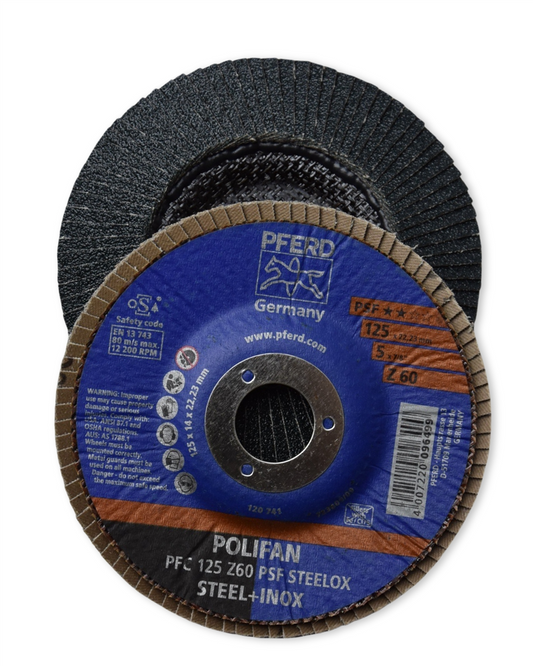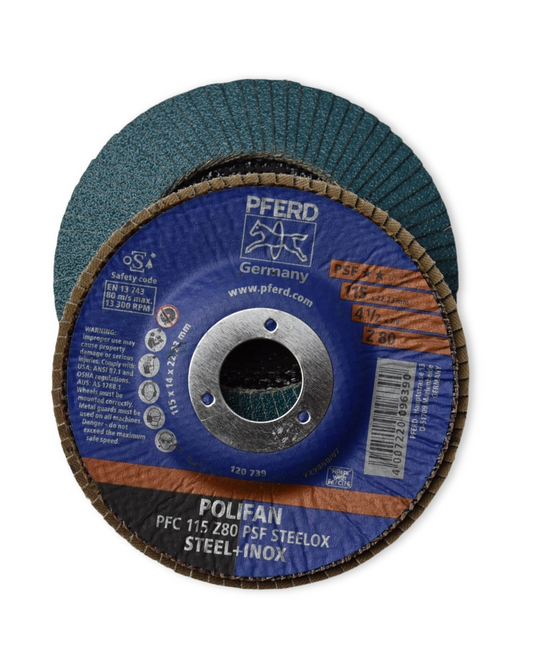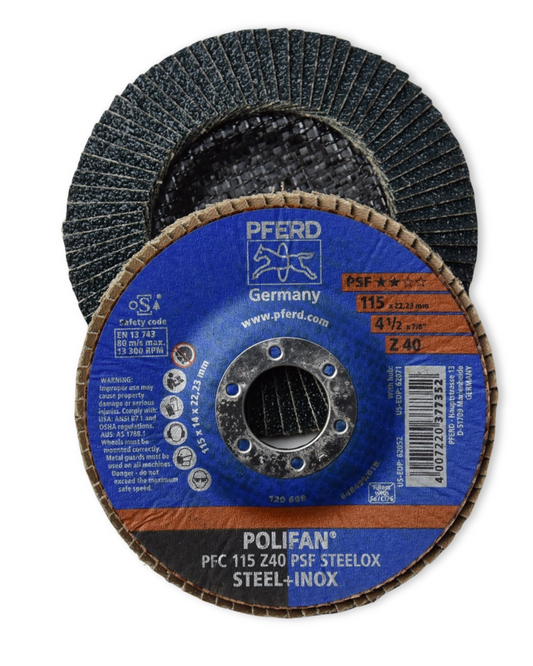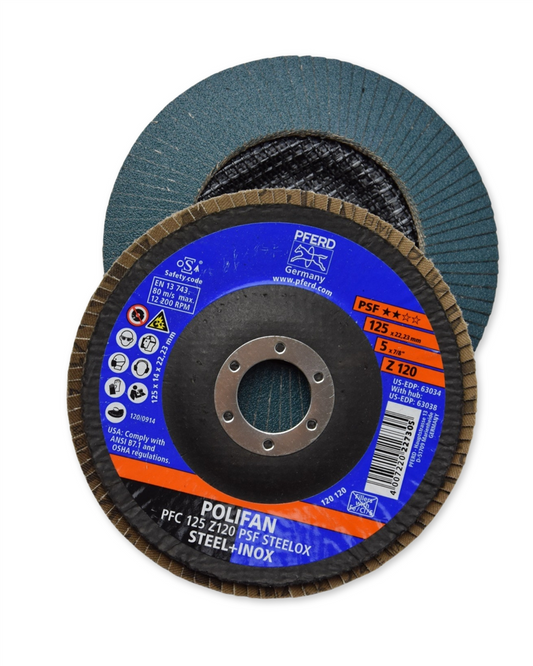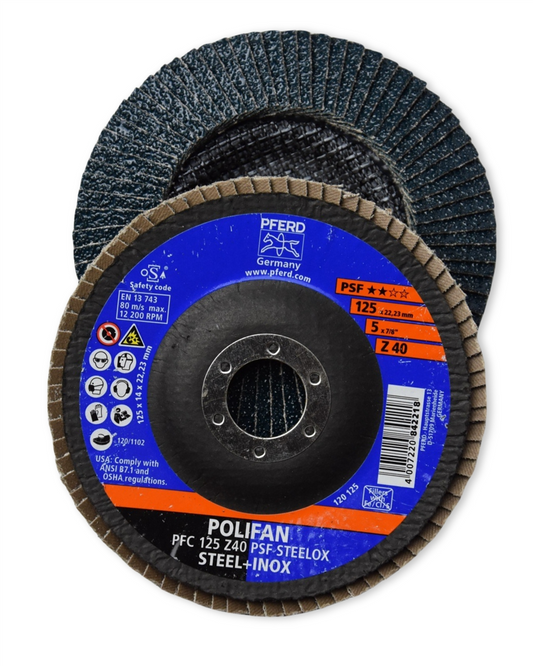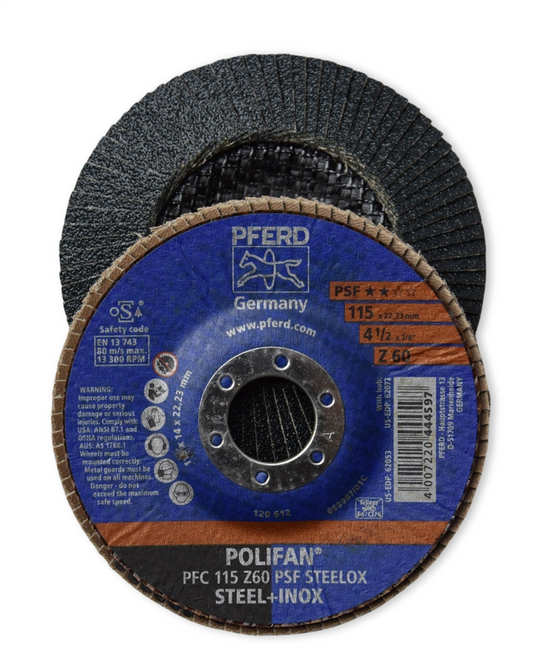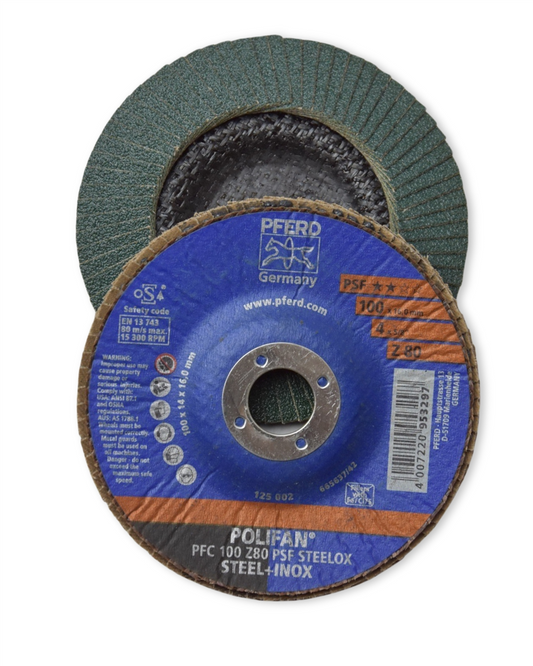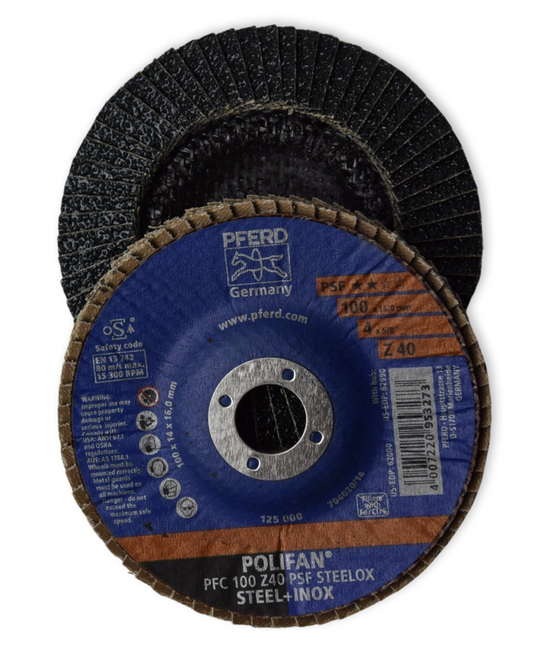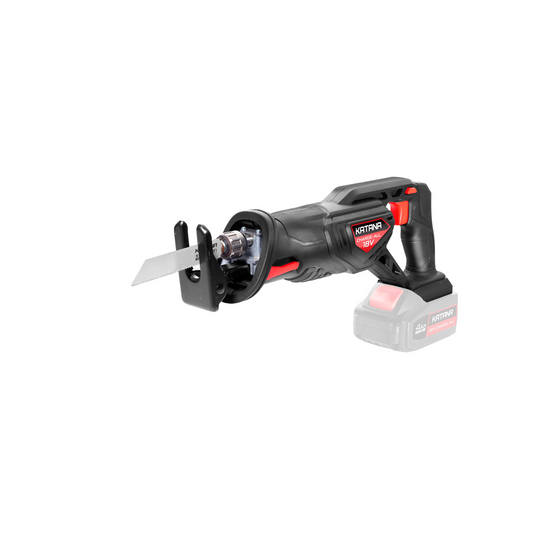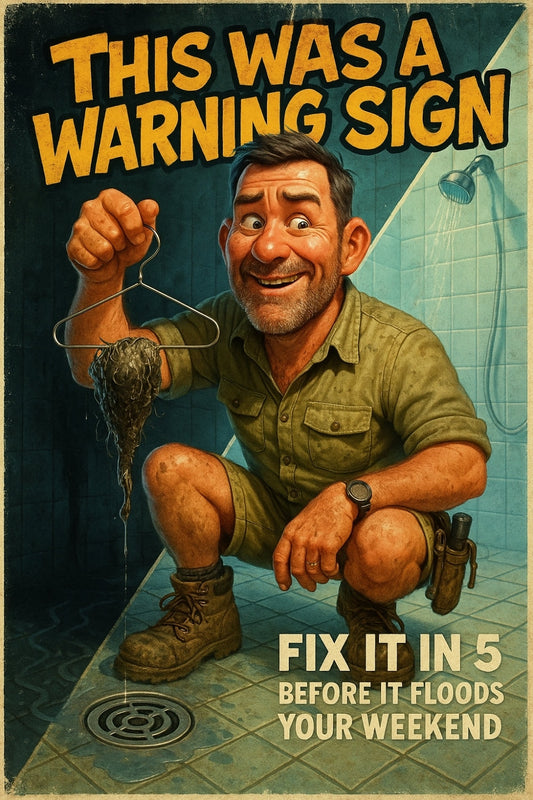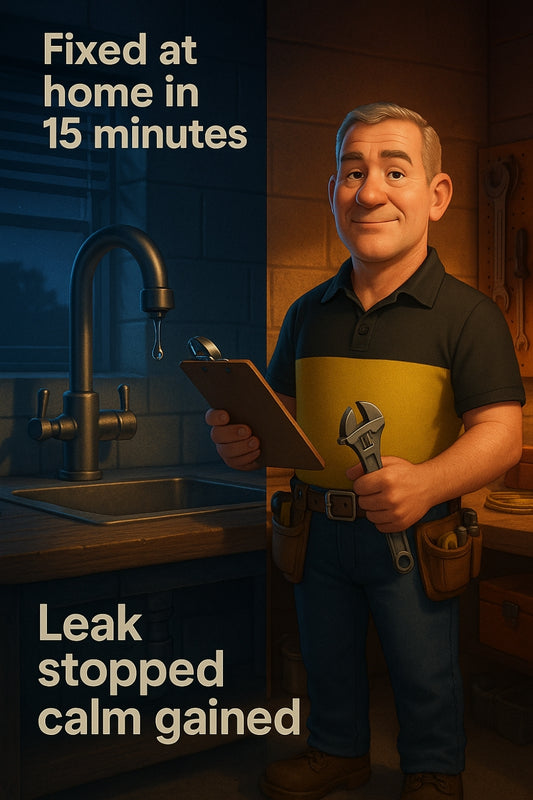How to Use and Maintain a Tape Measure for Accurate DIY Work
Share
Mastering the Tape Measure: Tips for Accuracy and Care
Every DIY'er knows the frustration of measurements that just don’t add up. One minute, you're confidently marking your cut, and the next, you’re staring at a piece that’s too short or—worse—too long. A reliable tape measure is your best mate in the workshop, and learning to use it properly will save time, effort, and a whole lot of exasperated sighs.
Using Your Tape Measure the Right Way
Start with the Hook
The small metal hook at the end of your tape measure isn’t just decorative. It plays a critical role in ensuring accurate measurements. If you're measuring an inner surface (like between two walls), the hook presses against the edge. If you’re measuring an outer edge, the hook extends slightly to account for its own thickness. That tiny bit of movement is intentional and keeps your numbers spot on.
Always Check for True Zero
If precision is your goal, always check that your tape is starting from a true zero position. Look straight at the numbers rather than from an angle to avoid what's called parallax error. A minor misalignment can be the difference between a snug fit and a trip back to the hardware store for more materials.
Use the Tape Lock
There’s nothing worse than struggling to hold a measurement while your tape snaps back in like an overeager yo-yo. That’s why most tape measures have a locking mechanism. Once you’ve extended the tape to the right length, engage the lock to keep it steady. This is especially useful when working solo.
Measuring Large Distances
If you're working on a big project like fencing or decking, get a helping hand or use a solid flat surface to anchor one end of the tape. Keep the tape level to avoid unnecessary sagging, which can throw off your numbers.
Taking Care of Your Tape Measure
Keep It Clean and Dry
Dust, dirt, and moisture are the enemies of a smooth-running tape measure. After a day in the workshop, wipe your tape down with a dry cloth before letting it retract. If it’s been exposed to water or damp conditions, dry it thoroughly to prevent rust.
Retract with Care
Letting the tape snap back at full speed can damage both the tape itself and the inner mechanics. Guide it in with a steady hand to keep it working smoothly for years.
Store It Properly
Chucking your tape measure onto a cluttered workbench or toolbox can lead to bent, dented, or even snapped tape. Find a designated spot in your tool belt or storage area where it won’t take unnecessary knocks.
Check for Wear and Tear
If you notice numbers starting to fade or the tape developing kinks, it might be time for a replacement. A dodgy tape measure leads to dodgy measurements, and that’s a shortcut to frustration.
Why Accuracy Matters
Whether you're building a new deck, installing shelves, or framing a shed, precision makes all the difference. Small errors compound quickly in DIY projects. Having the right tools—and knowing how to use and care for them—ensures your hard work pays off the way you envisioned.
Next time you grab your tape measure, take an extra second to check your starting point, use the right techniques, and treat it with care. A little attention goes a long way toward keeping your projects on track.
Until next time, happy measuring! 😊

Stay Connected
Follow our Facebook Page: Strathalbyn H Hardware on Facebook


